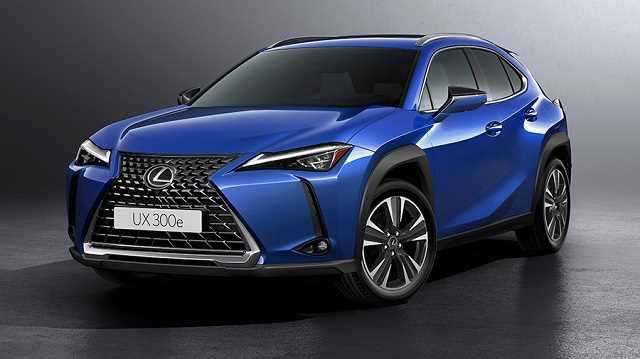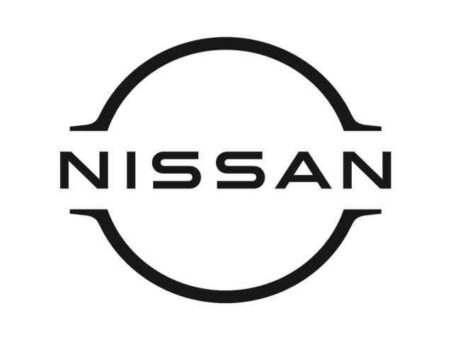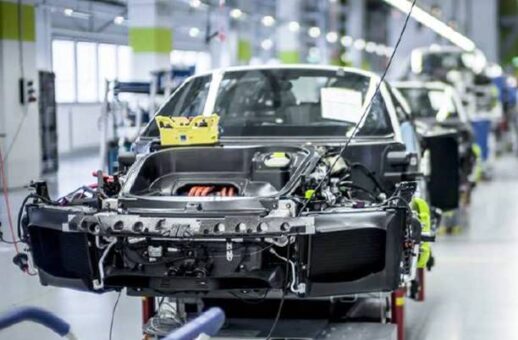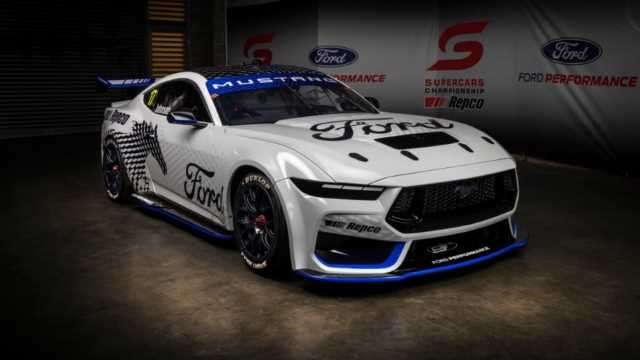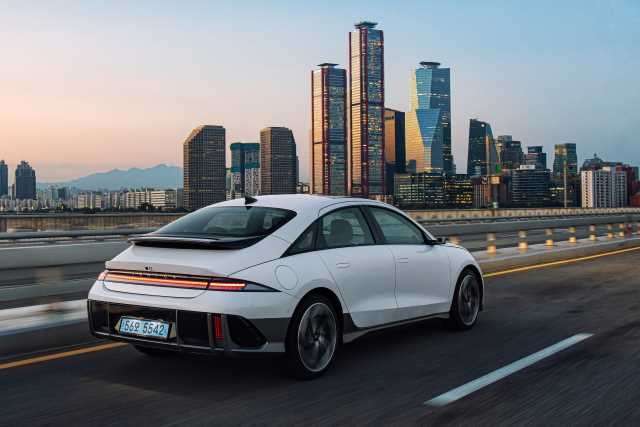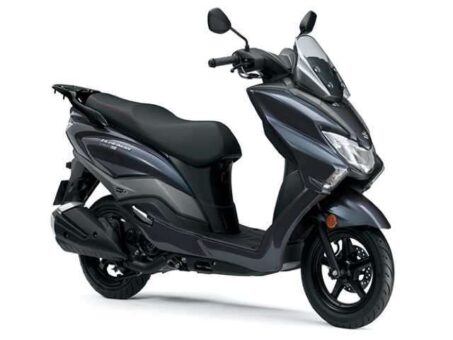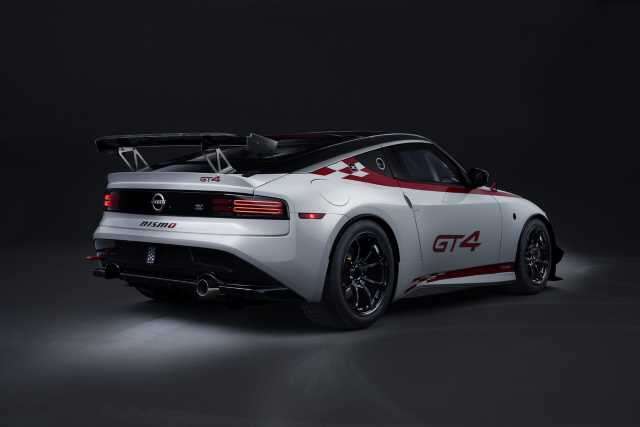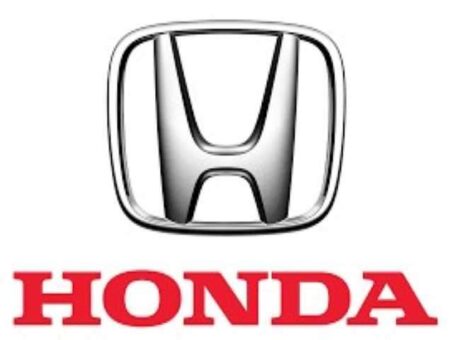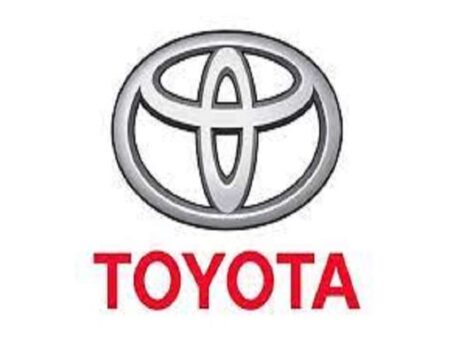PARIS: Apple and Mercedes-Benz introduced premium immersive Apple Music’s Spatial Audio with support for Dolby Atmos in Mercedes-Benz vehicles for first time.
Apple Music with Spatial Audio comes fully integrated through the MBUX infotainment system in Mercedes-Maybach models, the EQS and EQS SUV, as well as the EQE and the S-Class, equipping these vehicles with studio-quality sound better than in any concert hall, and giving drivers a fully immersive listening experience with unparalleled, multidimensional sound and clarity.
“Sound quality is incredibly important to Apple Music, which is why we are so excited to be working with Mercedes-Benz to make Spatial Audio on Apple Music available natively in the car for the first time,” said Oliver Schusser, Apple’s vice president of Apple Music and Beats.
READ MORE: Apple launch savings account card
“Spatial Audio is revolutionizing the way artists create and fans listen to music, and it’s an experience that is impossible to explain in words; you have to hear it for yourself to appreciate it. Together with Mercedes-Benz, we now have even more opportunities to bring wholly immersive music to our subscribers all over the world.”
“We’re joining forces to offer our customers a benchmark music experience unparalleled in the industry,” said Markus Schäfer, Mercedes-Benz Group AG’s chief technology officer and a member of the board of management.
“We are proud that our vehicles will be the first-ever non-Apple devices to feature immersive Spatial Audio with Dolby Atmos. This seamless experience shows how in-car entertainment can reach exciting new levels by perfectly integrating hardware and software.”
Mercedes-Benz drivers who are already subscribed to Apple Music gain immediate access to an ever-growing selection of songs and albums available in Spatial Audio from some of the world’s biggest artists spanning all genres, including hip-hop, country, Latin, pop, and classical.
Apple Music also offers curated Spatial Audio playlists like Driving in Spatial Audio and Hip-Hop in Spatial Audio, where listeners can find and discover songs from their favorite artists. Additionally, subscribers can access Apple Music’s entire catalog of 100 million songs, thousands of editorially curated playlists, and daily selections from the world’s best music experts, including all of the artists and hosts broadcasting across its Apple Music 1, Apple Music Hits, and Apple Music Country global live-stream radio stations.

